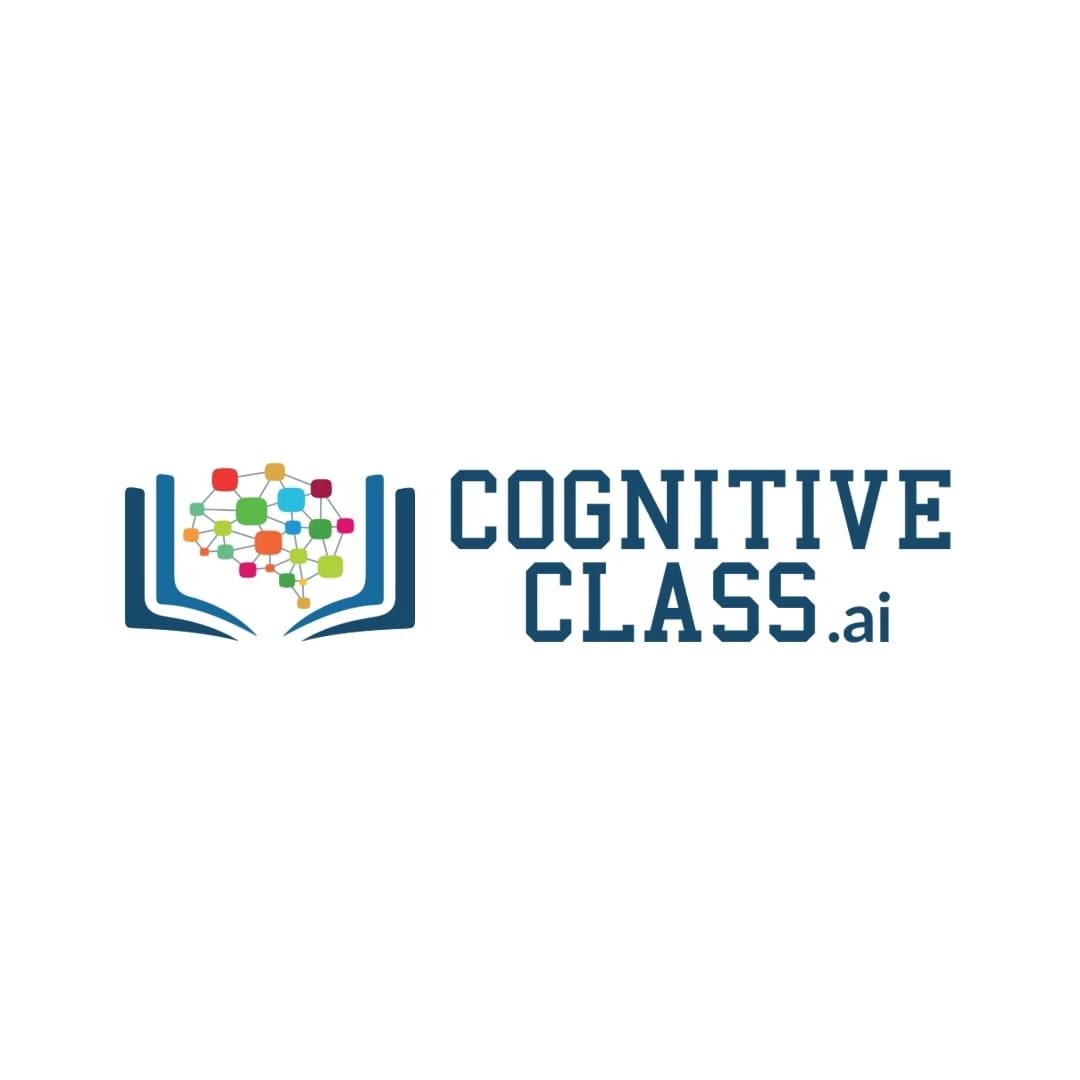Using PCA to reduce dimensionality
Master Principal Component Analysis (PCA) to reduce dimensionality in high-dimensional datasets. Learn how to transform and visualize data, uncover hidden patterns, and improve the performance of machine learning models.
At a Glance
Learn how to use Python to apply PCA on a wine data set to demonstrate how to reduce dimensionality within a data set such that you optimize the classification of the wines.
This hands-on project is based on the Reducing dimensionality with principal component analysis with Python tutorial. This Guided Project format combines the instructions of the tutorial with the environment to execute these instructions without the need to download, install, and configure tools.
Principal component analysis (PCA) reduces the number of dimensions in large datasets to principal components that retain most of the original information. It does this by transforming potentially correlated variables into a smaller set of variables, called principal components.
A Look at the Project Ahead
In this project, you will:
- Explore the data set: Conduct an exploratory data analysis to understand the structure, variable types, and distributions within the wine data set.
- Visualize the data: Use pair plots, histograms, and correlation heatmaps to explore the correlations and distributions of the data set’s features.
- Split the data set: Divide the data set into training and test sets for subsequent modeling.
- Standardize the data: Implement feature scaling to standardize the data, ensuring a mean of zero and a standard deviation of one, which is crucial for PCA.
- Determine the optimal n_components for PCA: Use explained variance plots and scree plots to identify the ideal number of principal components.
- Apply PCA: Reduce the dimensionality of the training data using PCA, focusing on retaining the most variance.
- Visualize the PCA output: Create scatter plots to visualize the principal components and observe the separation between different wine types.
What you’ll need
A web browser, enthusiasm for learning, 20-30 minutes of free time, and basic Python coding skills. Everything else will be provided.





There are no reviews yet.